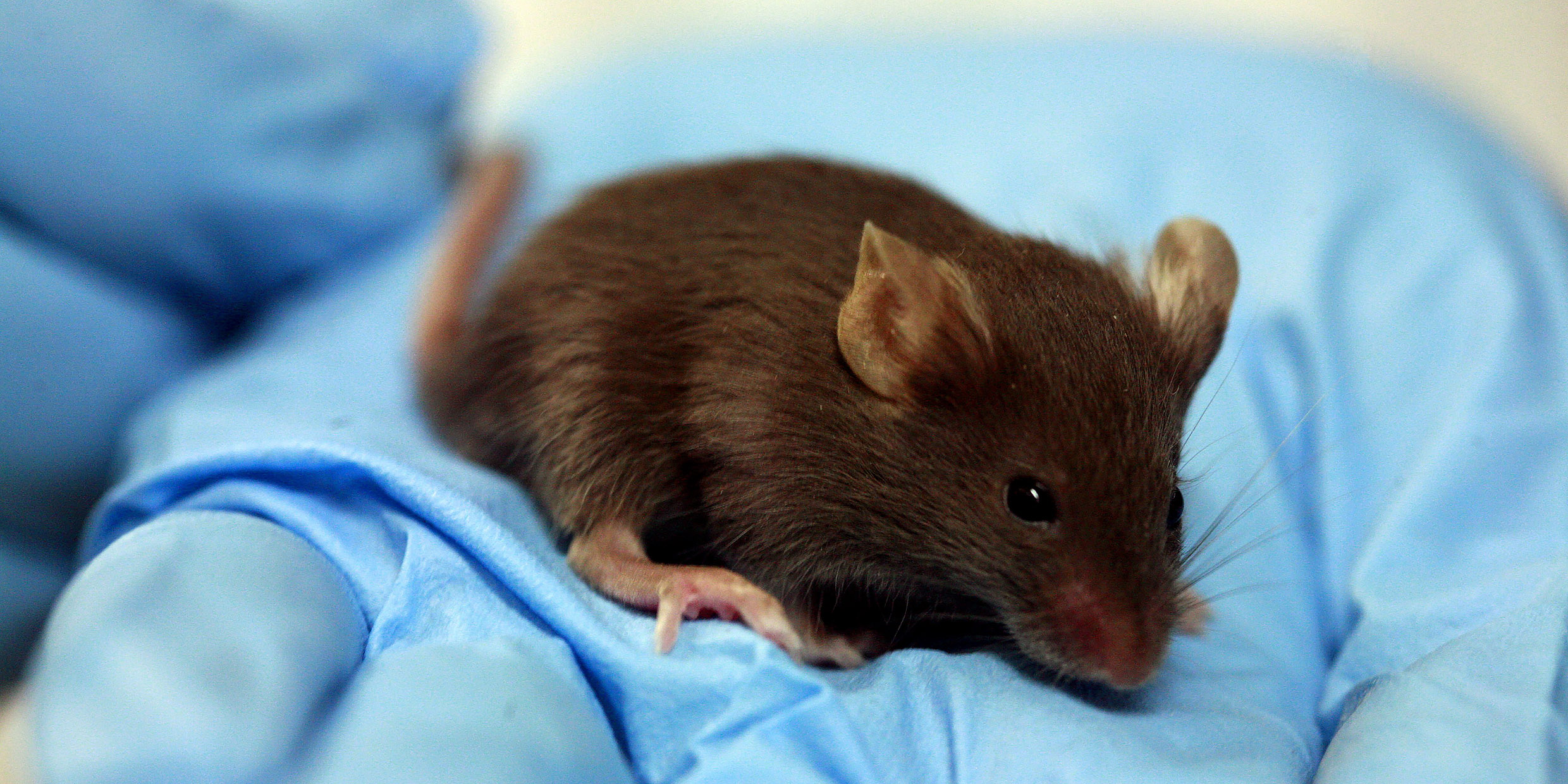Originally published 12 May 1997
The other day on a nature walk with students, I used my penknife to open a gall — one of those woody growths on plants that are caused by insects. At the center of the gall was a tiny larva. Left alone, the larva would have metamorphosed into an adult wasp and escaped its place of winter repose into the world.
I have done this countless times on nature walks, opening galls on goldenrods, blueberries, oaks, cherries, and willows to expose the larvae of wasps, gnats, and midges. A gall is one of life’s more ingenious stratagems. An insect lays an egg in the leaf or stem of a plant, and by physical irritation, chemical secretion, or both, causes the plant to grow a kind of tumorous deformity about the egg. The gall provides food and protection for the larva.
I nudged the larva from its cozy nest with the tip of the penknife. We examined it with a magnifier as it twisted in the palm of my hand, and marveled that this bit of maggoty flesh would have metamorphosed into a delicate flyer with wings. Then, lesson finished, I dropped the larva to the ground, to die.
As it fell, I felt a twinge of regret bubble up from somewhere deep inside.
I am not a sentimental person. I swat flies and trap mice. I eat the flesh of mammals, birds, and fish. And I know that insect life is based on an excess of fecundity; a vast and indiscriminate mortality is part of the plan.
And yet, and yet…
Is there a worthwhile insight in this potentially mawkish beginning?
No scientific issue evokes more passionate debates than animal rights. Huge numbers of animals are used and destroyed in biological and medical research and education. American researchers alone use something like 40,000 monkeys each year, more than 1 million dogs, cats, rabbits, and guinea pigs, and 15 million rats and mice. Scientists vehemently defend the use of these animals as an absolute prerequisite to progress in human healing.
Animals rights activists just as vehemently deplore the “misuse” of animals in research. Much research is unnecessary and cruel, they say, and much of the rest could be done with tissue cultures, epidemiological studies, or computer simulations.
The climatic episode in the animal right controversy came in 1984 when members of the Animal Liberation Front, a radical animal rights organization, broke into a laboratory at the University of Pennsylvania and stole video tapes of head injury experiments on baboons.
The Pennsylvania researchers were studying the kind of brain traumas that occur in certain automobile accidents, when the brain is slammed against the side of the skull. Their goal was the better treatment of such injuries and the saving of human lives.
In the experiments, the animals’ heads were placed in plastic helmets, then slammed with a mechanical piston. Not a pretty thing to watch. People for the Ethical Treatment of Animals, another animal rights organization, edited more than 70 hours of stolen tapes down to a horrifying 20 minutes.
The widely disseminated edited video was a huge propaganda coup for the animal rights movement and stoked passions on both sides of the issue. That the tapes were obtained by burglary caused some scientific researchers to become even more determined to counter what they consider to be emotional and ill-considered appeals to the court of public opinion. On the other hand, many scientists moved toward more sparing use and sensitive treatment of experimental animals; the numbers of animals used in research continues to decline.
It would take a book to set out the ethical pros and cons of animal experimentation (see Deborah Blum’s The Monkey Wars, or F. Barbara Orlans’ In the Name of Science, or the excellent debate in the February 1997 issue of Scientific American). The controversy is not one of good vs. evil. Rather, two virtues are in conflict: knowledge and love.
Society will be best served if both sides in the controversy concede some measure of virtue to their opponents.
Animal rights activists must concede that knowledge gained from animal experiments might lessen the total amount of suffering in the world, by leading to better healing arts. And scientists must concede that knowledge is not an absolute virtue. As the turn-of-the-century naturalist John Burroughs said, “To know is not all, it is only half. To love is the other half.”
These thoughts about the rights of animals were evoked by that tiny larva squirming in the palm of my hand. I had sacrificed its life in the cause of knowledge and love, so that my students might be better citizens of the more-than-human world. But increasingly, as I get older, I find that my balance of love and knowledge tips more insistently towards love.
Call it sentimentality, call it wisdom: who knows? I remember what Thoreau said of fishing: “I have found repeatedly, of late years, that I cannot fish without falling a little in self-respect… I have a skill at it, and, like many of my fellows, a certain instinct for it… But always when I have done I feel that it would have been better if I had not fished. I think that I do not mistake. It is a faint intimation, yet so are the first streaks of morning.”



